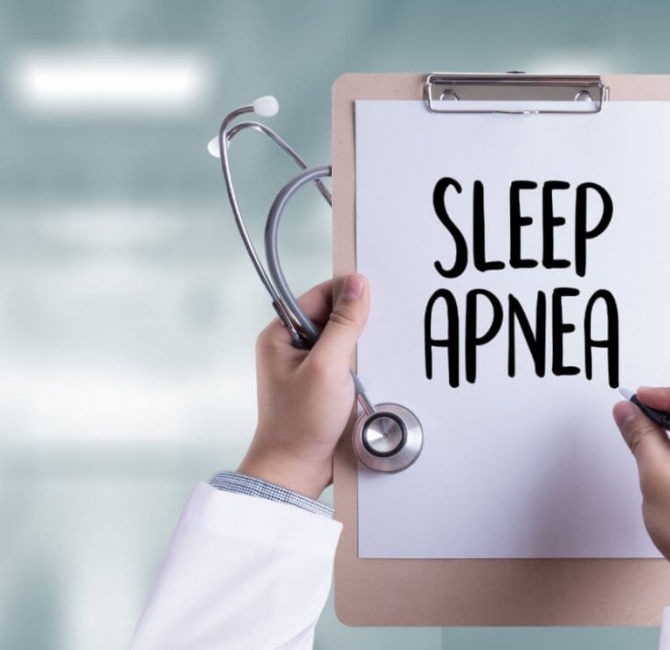Oral healthcare professionals are at high risk of developing work-related musculoskeletal disorders. This study aimed to determine the regions at greatest risk for developing musculoskeletal strain and to evaluate the effect of interventional training involving photography and self-assessment on posture and the accuracy of ergonomic self-assessments among dental hygiene students and registered dental hygienists.
Methods
This randomized control design study took place over four weeks. A convenience sample of dental hygiene students (n=20) and registered dental hygienists (n=20) agreed to participate and were randomly assigned to training and control groups. During weeks one and four, all participants were photographed in the dental hygiene clinic and completed ergonomic self-evaluations using a Modified-Dental Operator Posture Assessment Instrument (M-DOPAI). Participants in the training group used photographs captured by the study investigators to complete ergonomic self-assessments during weeks two and three. Photographs from week one and four were evaluated by four calibrated raters using the M-DOPAI.
Results
The top at-risk regions for musculoskeletal strain, as identified by the raters, were the head and upper arms. The top regions at-risk for musculoskeletal strain, as identified through self-assessments, were the head and trunk. Training with feedback using photography resulted in improved ergonomic scores and increased the accuracy of the ergonomic self-assessments.
Conclusion
Training involving self-assessment strategies utilizing photographs improved ergonomic scores and the accuracy of ergonomic self-assessment in students and practicing clinicians after four weeks. Improved postures and reduced risks for musculoskeletal disorders may be sustained using photography and periodic ergonomic self-assessments.



